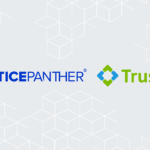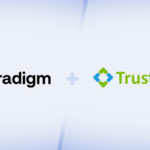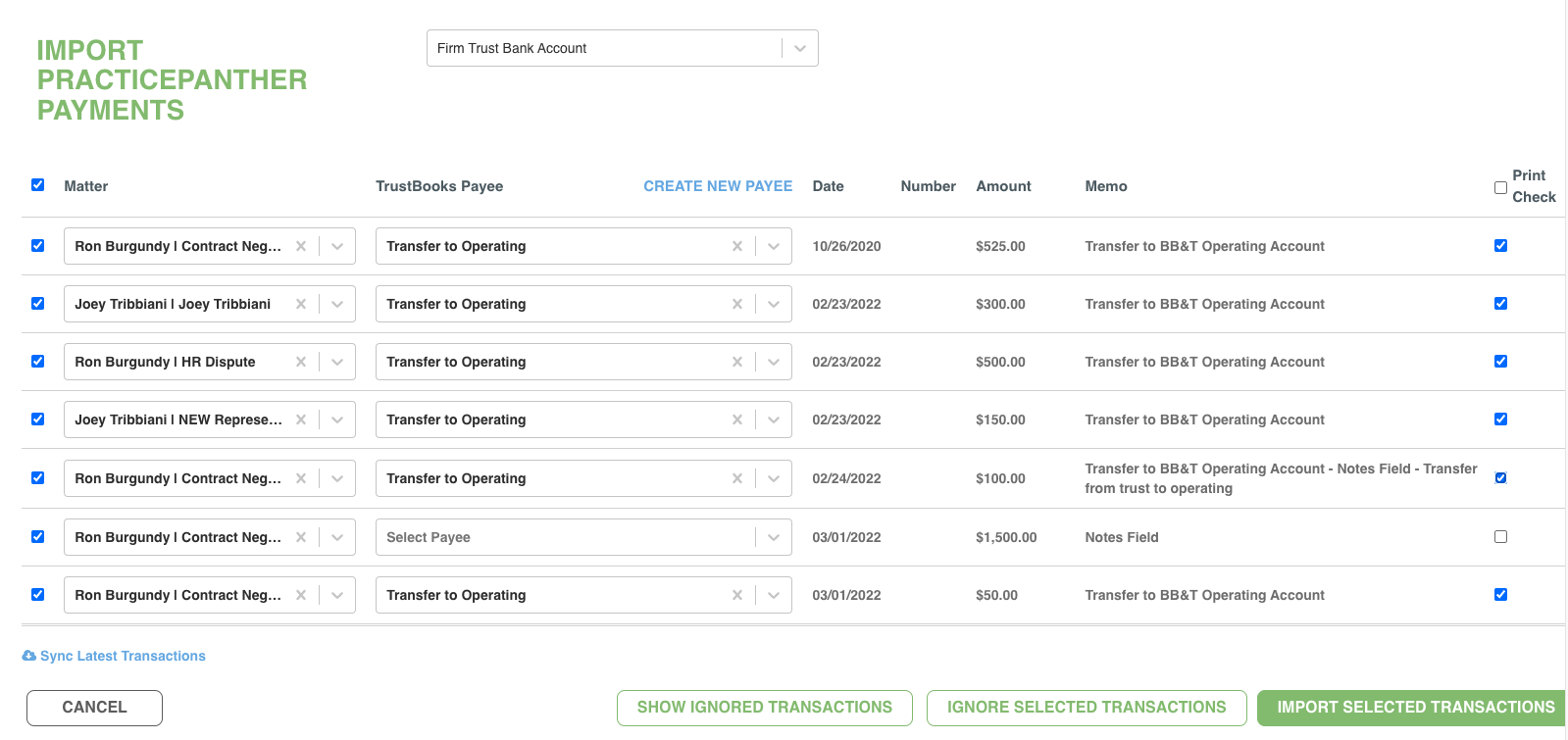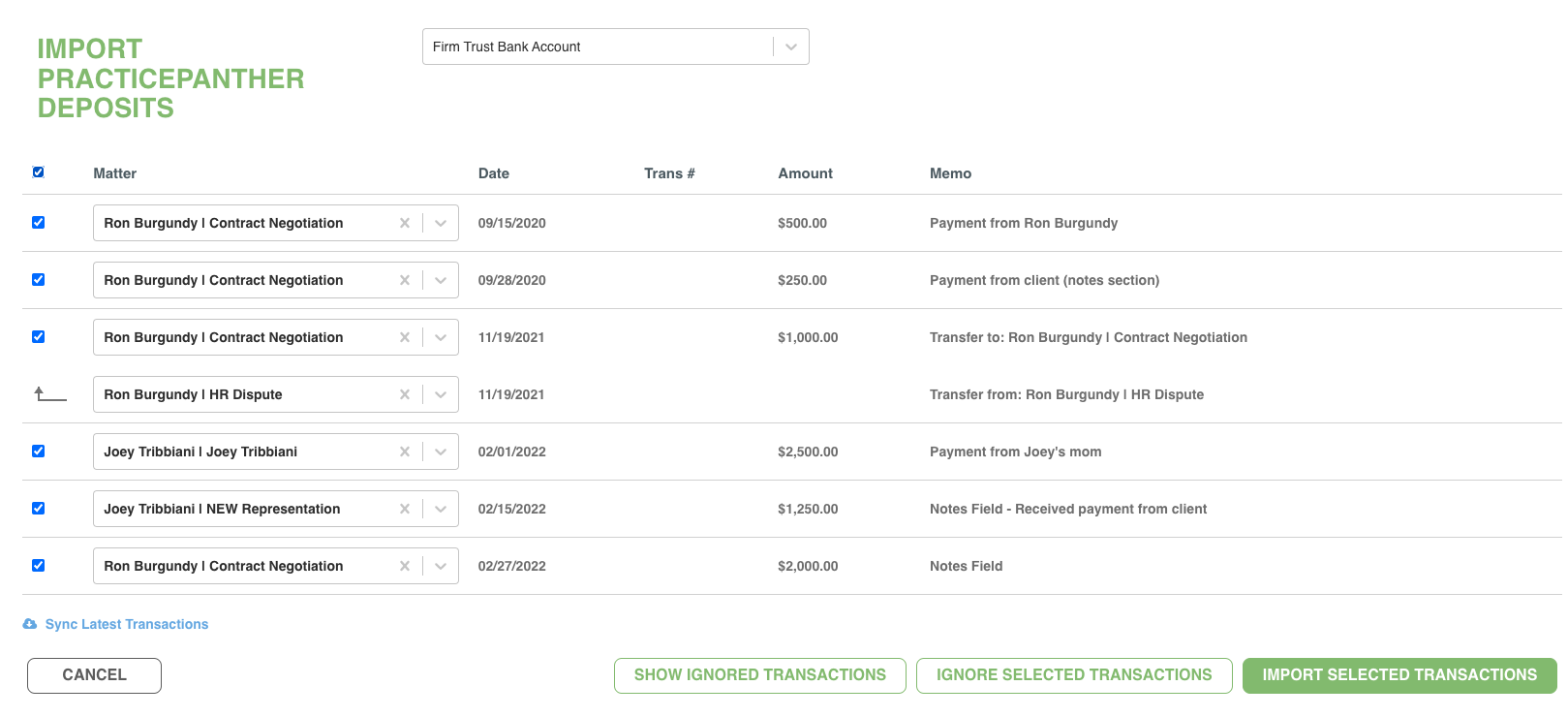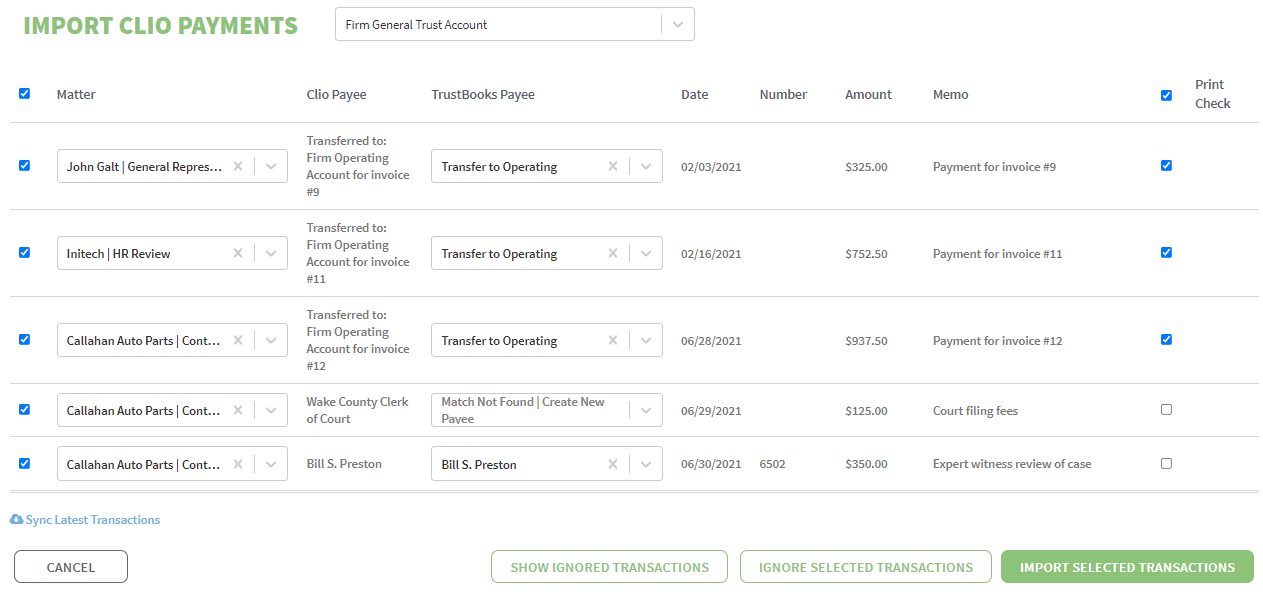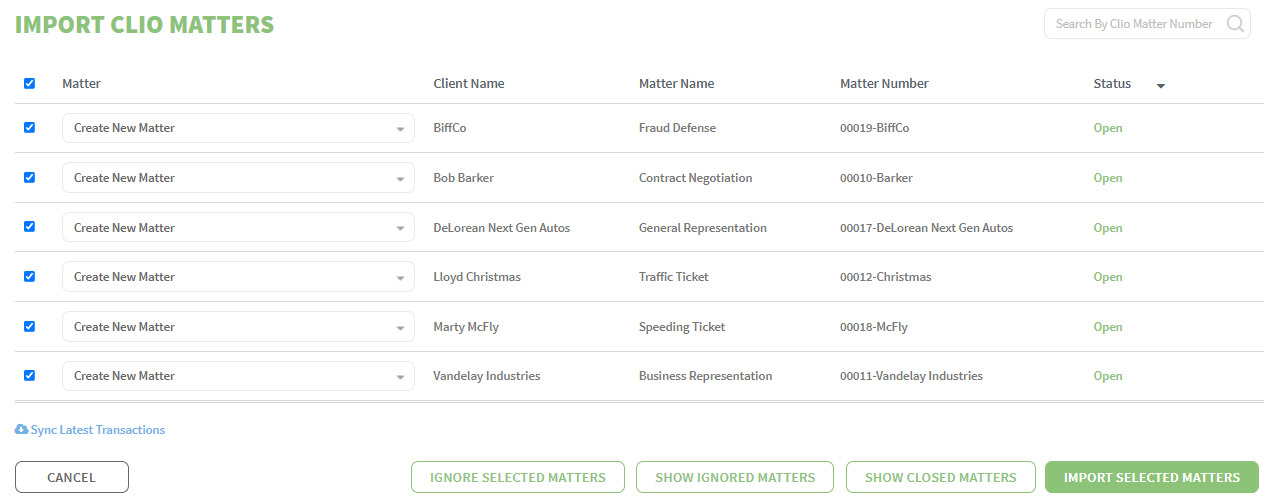Whether you’re just starting a practice or you’ve been running a firm for decades, the act of receiving and holding funds for clients is always an immense responsibility. Trust accounts, with their extensive regulations and complex accounting processes, require near constant management and oversight, but a well-optimized system can help to reduce risk and conserve resources.
The way we see it, there is never a wrong time to update and improve your trust account management. To make the process easier, we’ve put together a list of the five key areas to evaluate within your internal trust accounting systems:
1. Overall Efficiency
Attorneys typically have a lot on their plates, so keeping the trust accounting process as streamlined and efficient as possible allows them to focus their resources on the most important task: helping clients. When reviewing your accounting systems, look for areas where you can increase efficiencies and add stronger internal controls. Ask yourself:
- Am I spending too much time managing my trust account?
- Can I automate this process better?
- Do I have the right personnel completing each task?
- Is there proper oversight and separation of duties to reduce the risk of fraud or embezzlement?
- If the person overseeing my firm’s trust account left today, do I have a process that is simple enough for me to follow?
2. Report Generation
A key component to any good trust management system is the ability to run reports that meet both your needs and your clients’ needs. These should be adaptable, comprehensive, and easy to generate. When evaluating your report generation processes, ask yourself:
- Can I run a client ledger to send to clients?
- Do I have the ability to run reports by a responsible attorney?
- Can I customize reports?
3. Reconciliation Process
Trust reconciliations are a requirement for every attorney or firm overseeing a trust account. Even so, many law firms can overlook or mishandle these reports, a mistake that may result in penalties and/or fines from the state bar association. To ensure that your trust reconciliation process is fully functional and up-to-date, ask yourself:
- Is my trust accounting software designed to perform monthly reconciliations?
- Does my trust accounting software generate a three-way reconciliation?
- If it doesn’t, do I have a process in place for completing this requirement?
4. Controls and Safeguards
Attorneys have a fiduciary responsibility to oversee the funds held in their trust account and to safeguard them against misappropriation. To do so, they must maintain strong internal controls over any funds held, with visibility into each and every transaction. To make sure that your firm’s trust accounting safeguards are sufficient and reliable, ask yourself:
- Does my trust accounting software show an audit trail?
- Who has access to the software?
- How easily can you navigate within the software to gain more transparency?
5. Compliance
Every state’s bar association issues rules and regulations for the handling and management of an attorney’s trust account. While these may vary some from state to state, it’s of vital importance that you maintain—and can demonstrate—your trust account’s compliance. First, look into what your state’s regulations are, and then, while evaluating your internal accounting systems, ask yourself:
- Does my trust accounting software have embedded features to maintain compliance with state bar regulations?
- Are there inherent risks that I will need to overcome to ensure compliance with state bar rules?
While these questions will help you to evaluate and improve your current trust accounting system, they are not a quick, one-time fix. To ensure that your trust account always remains optimized, operational, and compliant, make it a point to examine and update your trust accounting software and processes on a regular basis.

